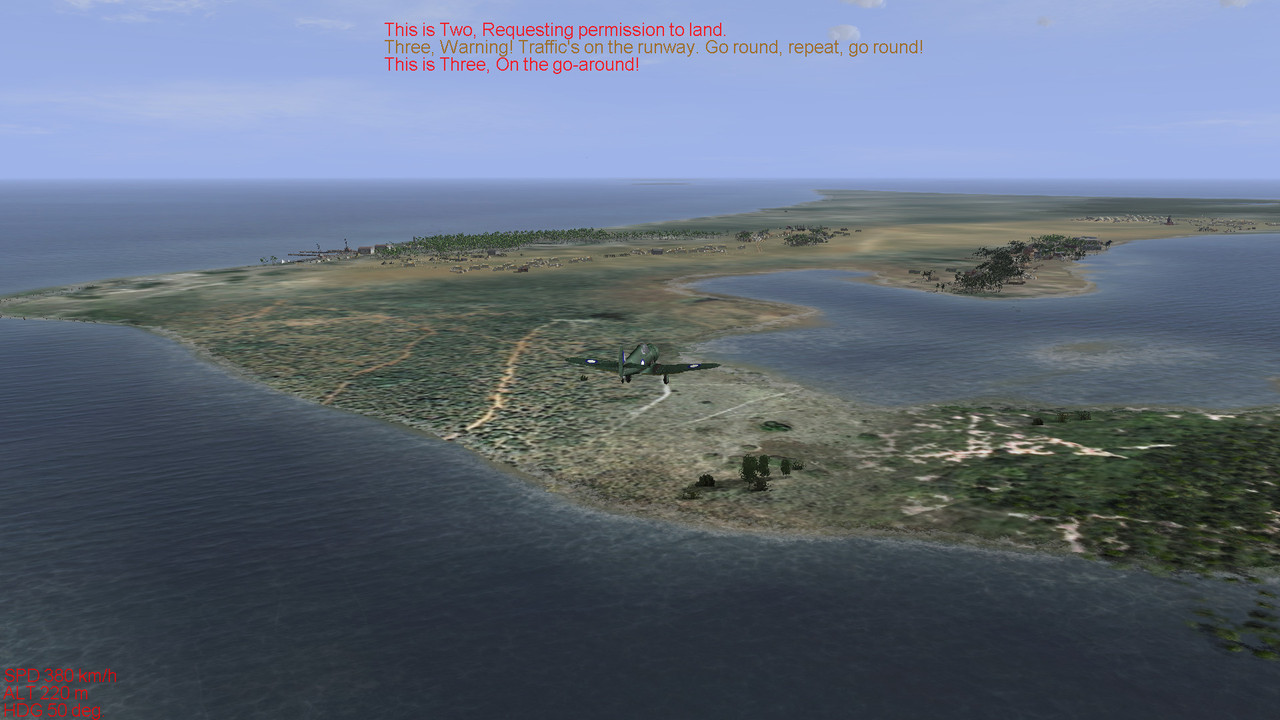
On September 4, 1943, the Fifth Fleet’s amphibious troops were designated the V Amphibious Corps and placed under Maj.
#Makin atoll plus
With those advantages in mind, on July 20, 1943, the Joint Chiefs of Staff decided to capture the Tarawa and Abemama atolls in the Gilberts, plus nearby Nauru Island. Army Air Forces (USAAF) aircraft based in the Ellice Islands, which could provide bombing support and long-range reconnaissance for operations in the Gilberts. The Gilberts lay within 200 miles of the southern Marshalls and were well within range of U.S. forces’ lack of experience in amphibious operations, Admirals King and Nimitz decided to take the Marshalls in a step-by-step operation via the Ellice and Gilbert islands. Considering these drawbacks, and the U.S. But any plan for assaulting the Marshalls directly from Pearl Harbor would have required more troops and transports than the Pacific Fleet had at that time. King, the chief of naval operations, wanted to attack right into the heart of the Japanese outer defense perimeter. Initially both Nimitz and Admiral Ernest J. Nimitz, commander in chief of the Pacific Fleet (CINCPAC), to submit a plan to occupy the Marshall Islands. In June 1943, the Joint Chiefs of Staff directed Admiral Chester W. While the Japanese were building up their defenses in the Gilberts, American forces were making plans to retake the islands. Its defenses were also completed, although they were not as extensive as those on Tarawa Atoll, the main Japanese air base in the Gilberts. By July 1943, the seaplane base on Makin was completed and ready to accommodate Kawanishi H8K2 (‘Emily’) reconnaissance and Mitsubishi A6M2-N (‘Rufe’) fighter seaplanes. Makin was garrisoned with a single company of the 5th Special Base Force on August 30, 1942, and work on both the seaplane base and coastal defenses of the atoll was resumed in earnest.

The Marines scattered the garrison, destroyed some aviation fuel and secured vital papers before they withdrew, losing 21 men.Īfter Carlson’s raid, the Japanese reoccupied the Gilberts, which had been left lightly guarded, in force. On August 17, 1942, 221 Marines of the 2nd Marine Raider Battalion, under Colonel Evans Carlson, landed on Makin from the submarines Nautilus and Argonaut. By August 1942, Makin’s garrison consisted of 43 men commanded by a warrant officer. Before long, most of the assault troops were pulled out of Makin and sent to places where they were needed. Lying east of the Marshall Islands, Makin would make an excellent seaplane base, extending Japanese air patrols closer to Howland Island, Baker Island and Ellice Islands–all held by the Allies–and protecting the eastern flank of the Japanese perimeter from an Allied attack.Īfter the invasion, the Japanese began constructing a seaplane base and coastal defenses on Makin. On December 10, 1941, three days after the Japanese attack on Pearl Harbor, 300 Japanese troops plus laborers of the so-called Gilberts Invasion Special Landing Force had arrived off Makin and occupied it without resistance. Their mission: to capture the atoll from the Japanese for use as a base during future attacks on the nearby Japanese-held Marshall Islands. Navy battleships, cruisers and destroyers moved into position for pre-invasion bombardment while transports carrying soldiers of the 165th Regimental Combat Team (RCT) sailed quietly into their assigned areas off Makin’s main island, Butaritari, at the southern edge of the atoll. Gilbert Islands Campaign: Capturing Makin Atoll CloseĪt dawn on November 20, 1943, off Makin Atoll in the Gilbert Islands, a task force of U.S.


 0 kommentar(er)
0 kommentar(er)
